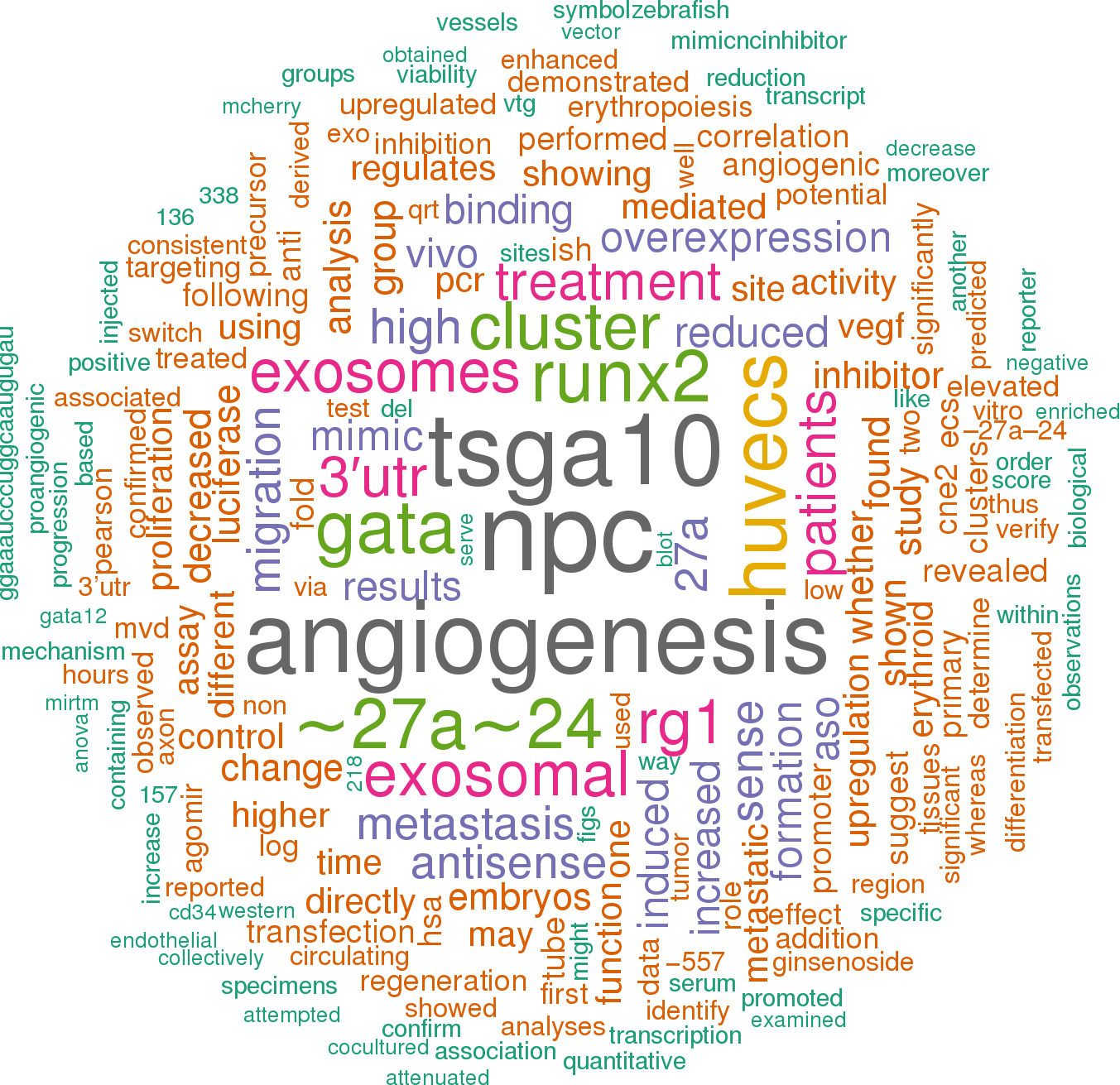11 papers mentioning dre-mir-23a-3
Open access articles that are associated with the species Danio rerio
and mention the gene name mir-23a-3.
Click the buttons to view sentences that include the gene name, or the word cloud on the right for a summary.

 |
 |
 |
 |
 |
 |
 |
 |
 |
 |
 |
